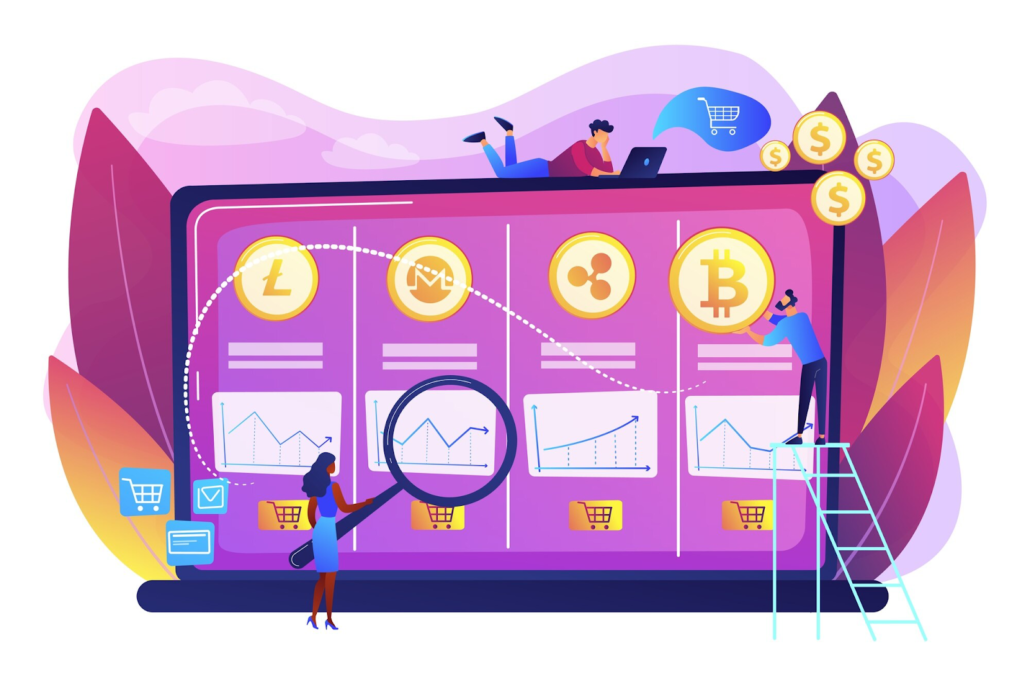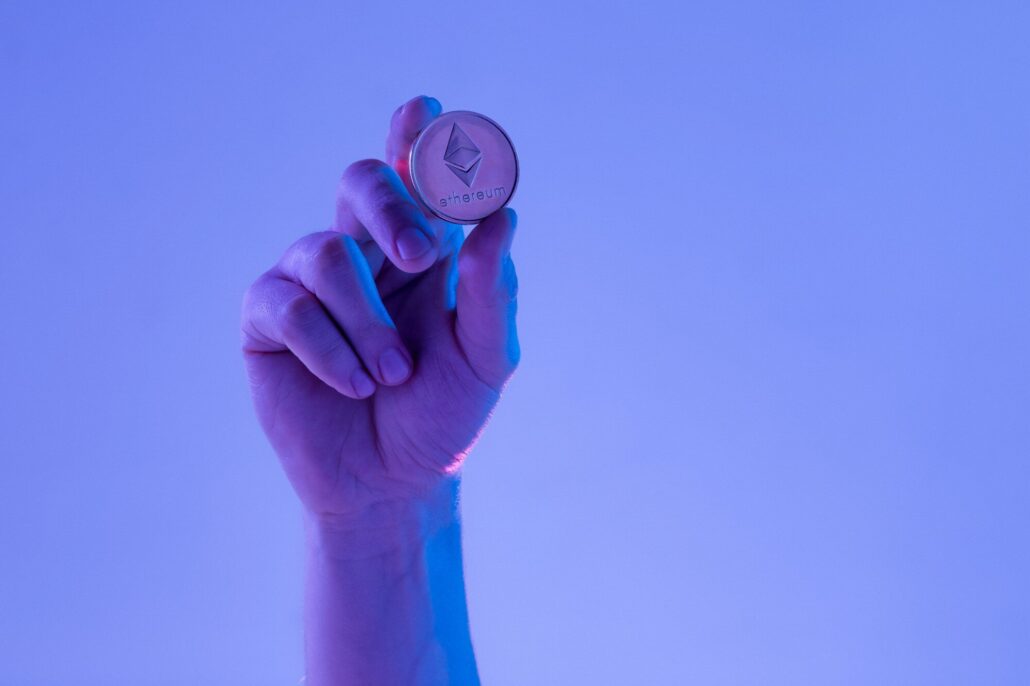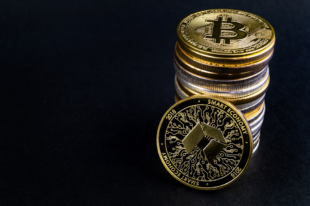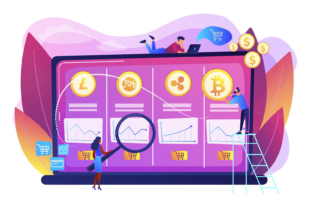What is Token Provision

The concept of token provision is central to the distribution and use of digital assets in the field of cryptocurrencies and blockchain technology. The token provision refers to the process of issuing or distributing tokens over a blockchain network, including factors like supply, distribution, and circulation.
Token provisioning mechanisms differ depending on the specific blockchain protocol being used. Some tokens such as mining coins or staking are created through processes where users contribute computing power or stake their tokens to protect the network, which results in the issuance of new tokens to them in return. On the other hand, some projects generate their tokens by selling portions of them to investors through initial coin offerings (ICOs) and token sales.
The way in which tokens are provisioned can have wide ranging effects on their value and usefulness. The degree of scarcity of a token, its model for distribution as well as its use case all influence how much it will be desired by market participants and how valuable it will be. For instance, if a token has limited supply mixed with high demand it is more likely that it will fetch higher value compared to one with an unlimited quantity but low demand.
The potential of a cryptocurrency investment can be ascertained by retail investors through the examination of the token provision mechanism. It is worth having an idea of how tokens are formed, shared, and utilized on various projects for long-term survival analysis and growth projections. Additionally, the wider crypto market is affected by several token provision models being used today which affect liquidity, volatility, and investor sentiment across different blockchain networks.
What is Token Provision?
Token provision is the process of creating and distributing tokens in a blockchain project. These tokens are used in many ways within the project, for instance, they can be used as a currency to facilitate transactions and as a payment medium in the project economy. Besides, they may also be utility tokens that give users access to certain functions or services offered by the platform. On another note are security tokens which represent shares in a company with additional rights such as voting and dividends.
Total token supply and their allocation determine how token provision will take place. The scarcity, liquidity, and overall market dynamics of a token depend on its supply and distribution mechanism. For example, if there is a limited number of tokens produced, their value would appreciate due to rarity while an expertly planned distribution scheme can help maintain a sound environment for trading.
Token provisioning ensures the uninterrupted functioning of blockchain projects and helps build an ecosystem where currencies can serve their intended purposes well. Proper planning during the generation and sharing out of these coins can enhance their usefulness hence enhancing their worthiness towards the targeted accomplishment of such bids.

Common Token Distribution Mechanisms
An Initial Coin Offering (ICO) is a process of collecting money for a novel cryptocurrency plan by issuing tokens to the public in exchange for cryptocurrencies or national currencies. By doing this, the project can raise enough capital needed to create and launch its platform or product.
Unlike ICO, Initial Exchange Offering (IEO) takes place on a centralized crypto exchange. This makes the fundraising process more secure and legitimate because the exchange normally picks out projects they allow to sell tokens on their platforms.
Pre-sale is when tokens are offered to a small group of investors before they become available to the public. In many cases, these initial backers are given discounted access to tokens in recognition of their early support and contribution towards the project.
Token Airdrop is a marketing strategy employed by cryptocurrency projects to give away free tokens to users. It helps spread awareness, incentivize user adoption, and encourage community participation in the project. Such tokens may be received by users through performing certain tasks or merely holding a specific cryptocurrency in their wallets.
Mining and Staking are two different ways that users can get rewarded with newly minted tokens. Mining entails validating transactions on a blockchain network using computational power while staking requires locking up some tokens for those who want to participate in achieving consensus and securing the network. Maintaining the integrity and functionality of blockchain networks depends on both processes.
The Impact of Token Provision on Value and Utility
When designing a token distribution model, several key factors need to be carefully considered to ensure the token’s value and functionality are optimized.
- Scarcity: The total supply of tokens available plays a significant role in determining their value. A limited supply can create scarcity, driving up demand as users and investors compete for access to the token. This increased demand can lead to a rise in the token’s price, making it more valuable over time;
- Liquidity: Liquidity refers to how easily a token can be bought or sold on exchanges. High liquidity means there is a large supply of the token available for trading, making it easier for users to buy and sell without causing significant price fluctuations. Tokens with high liquidity tend to have more stable prices and facilitate efficient price discovery in the market;
- Utility: The utility of a token is crucial for its adoption within the project’s ecosystem. Tokens that serve a specific purpose, such as providing access to services or products, or offering unique benefits like governance rights, are more likely to be in demand. The more useful a token is within the ecosystem, the higher its value is likely to be;
- Fairness: A fair token distribution model is essential for building trust and fostering community engagement. Transparency and equity in the distribution process ensure that all participants have an equal opportunity to acquire tokens, preventing any unfair advantages or centralization of ownership. Fair distribution also helps to create a more engaged and supportive community around the project.
By carefully considering these factors – scarcity, liquidity, utility, and fairness – when designing a token distribution model, project teams can maximize the token’s value and utility within their ecosystem. This thoughtful approach can help attract users and investors, drive adoption, and ultimately contribute to the long-term success of the project.

Navigating the Token Provision Landscape
Having a good grasp of token provision is essential when it comes to making well-informed investment choices in the cryptocurrency market. It’s crucial to explore the project’s tokenomics, which involves examining factors such as the total supply of tokens, how they are distributed, and the various use cases for the tokens. By understanding these aspects, investors can better evaluate the potential value and associated risks of a particular project.
One important factor to watch out for is inflationary token models. Projects that have an unlimited token supply could potentially face issues with price depreciation over time due to constant inflation. This is something investors should be wary of when considering where to allocate their funds.
Additionally, it’s vital to stay vigilant against scams and pump-and-dump schemes that are unfortunately prevalent in the crypto space. Conducting thorough research on projects before investing and diversifying your portfolio can help mitigate the risks associated with fraudulent activities. By spreading investments across different assets, investors can reduce the impact of any single project failing or turning out to be a scam.
The Future of Token Provision
The cryptocurrency market is still getting to the point where new models of providing digital currencies are being introduced by many parties. Some of these models include dynamic cryptocurrency supplies, which will permit crypto numbers available to be adjusted up or down on some predetermined basis. This can maintain a stable value for cryptocurrencies and avoid inflation or deflation.
Alongside this, community-driven governance in order to let cryptocurrency owners have a say in making decisions about the currency’s future is gaining momentum. In addition, this model empowers coin holders with an opportunity to participate in voting concerning such matters as protocol upgrades, modification of economic policy related to virtual money and other crucial decisions impacting upon the ecosystem. By involving communities in governing projects, they get access to multiple perspectives that make all stakeholders’ interests count.
These new models for provisioning cryptosystems contribute towards the development of more elastic and adjustable structures that respond better than before to current developments in the marketplace and user preferences. As a result, stronger and more sustainable ecosystems could be built through innovation adoption alongside community feedback into most projects dealing with cryptocurrencies.

Final Thoughts
The allocation of tokens is a critical aspect of any cryptocurrency project, as it directly impacts its success and longevity. Tokens are not just a means of transaction within the project; they represent ownership, governance rights, and incentives for participants. Therefore, the way tokens are distributed and utilized can significantly influence the project’s growth and adoption.
Investors need to have a deep understanding of token provision mechanisms to make informed decisions about which projects to support. Different tokenomics models, such as fixed supply, inflationary, deflationary, or staking rewards, can have varying effects on the token’s value and utility. By analyzing these factors, investors can assess the long-term viability of a project and its potential for generating returns.
As the cryptocurrency market continues to evolve and mature, the importance of understanding token provision will only grow. Investors and developers alike must stay informed about the latest trends and best practices in tokenomics to navigate this dynamic and fast-paced industry successfully. Ultimately, token provision is not just a technical detail but a fundamental building block for the future of decentralized finance and blockchain technology.




